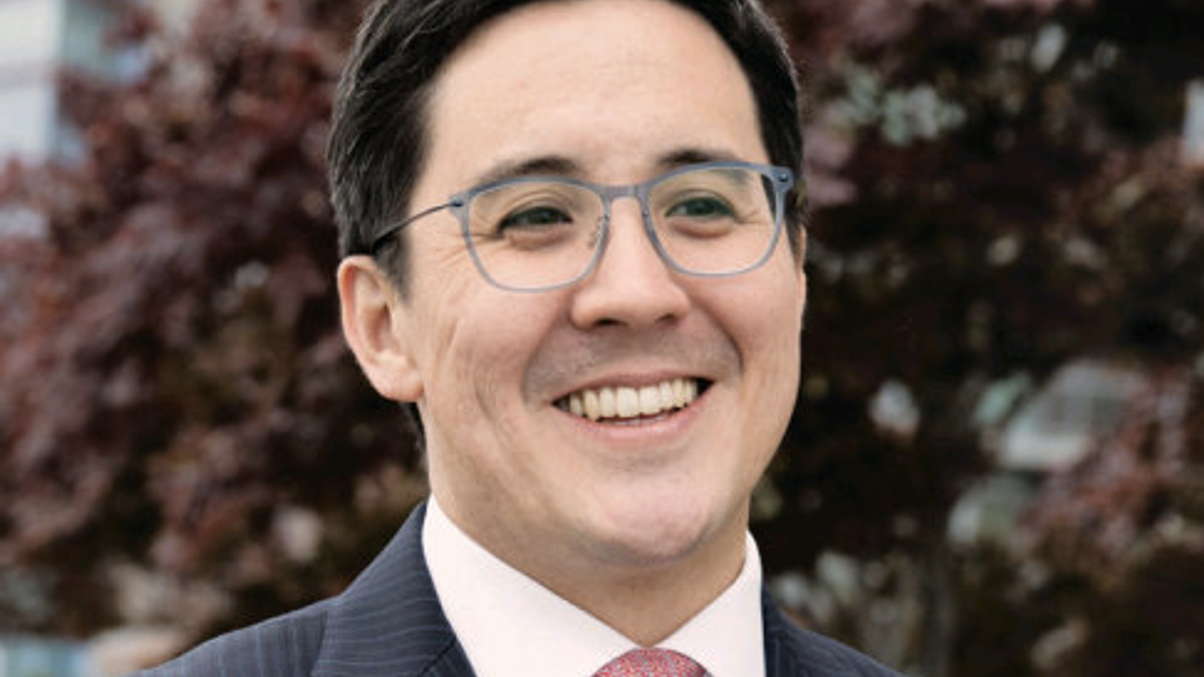Pantheon sees rise in co-investments, private wealth demand
Brian Lim, Hong Kong-based head of emerging markets at the private markets fund-of-funds manager, spoke to AsianInvestor about industry trends.

UK-based Pantheon is a private markets fund-of-funds manager focusing on private equity, infrastructure and real assets – not including real estate – via primary and secondary investment and co-investment.
Sign in to read on!
Registered users get 2 free articles in 30 days.
Subscribers have full unlimited access to AsianInvestor
Not signed up? New users get 2 free articles per month, plus a 7-day unlimited free trial.
¬ Haymarket Media Limited. All rights reserved.


